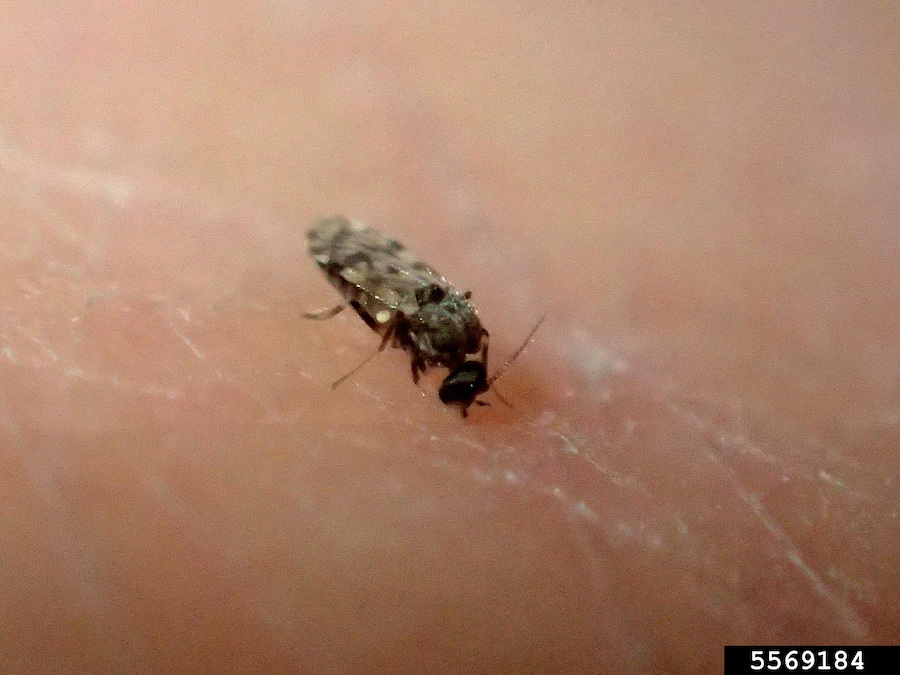Common types of garden bugs and how to avoid getting bit by them
Published at
I love to garden. It’s my happy place until I get bit by some bug that itches like crazy. Mosquitoes pretty much leave me alone. I get stung by bees or wasps a few times a year, and, while painful for a few minutes, they don’t bother me much. However, every now and then, I get bit by something that will make me swell up a bit, and it’s all I can do to not scratch it.
I recently had a request to address this issue.
The most likely culprit of these bites from something you don’t see is a midge (a tiny fly) commonly called no-see-ums. Common names for no-see-ums in other parts of the continent include punkies (northeast), five-Os (southeast), moose flies (Canada), pinyon gnats (southwest), or biting midges (pretty lame).
There are over 4,000 species of biting midges worldwide. Over 600 species have been described in North America in 36 different genera. Most of them don’t bother humans, but a few do. Fortunately, there are no known human diseases that are vectored by midges, just a painful bite. Actually, the bite itself is not so painful. We don’t usually feel the effects until after the bite has happened. That’s why we don’t see the bugs, just experience the swelling, itchy results.
Like mosquitoes, the female is the one that bites. She needs blood protein for her eggs to develop and be viable. She lays her eggs in moist areas — under a cowpie, along a pond, in wet compost, in muddy soil. The larvae of some species live in water, others in high-organic soil. In all cases, they need a moist environment to develop into adults. There may be several generations per year, or one generation every year or two.
No-see-ums are poor flyers. Some species may travel as far as ten miles from where they hatched out—most only a mile or less. Many are small enough that they can pass through standard window screens. So while they don’t reproduce in the house, they can invade the house.
Most no-see-ums feed at dawn and dusk, but some feed during the day. Female no-see-ums are attracted to CO2.

How to avoid
It is not effective to try to directly treat the pest itself. The naturally occurring Bacillus thurineiensis (Bt) strain that controls mosquitoes, flies and fungus gnats, Bt israelensis (Bti) is only toxic to insects in the Diptera order. Bti can be applied to the water to reduce those no-see-um populations, and mosquitoes. Since they can come from the neighbors or vacant lots, this is only partially effective. Devices that use CO2 attractants may be partially effective.
Some environmental modifications may help, such as reducing areas of stagnant water and wet spots from leaky faucets or hoses. Fluctuate pond levels so the edge of the pond does not stay consistently moist.
Long-sleeved shirts and long pants will help reduce skin that is exposed to no-see-ums. Avoid gardening during those times of day when they are most active. Insect repellants containing DEET have been shown to be effective on some species of no-see-ums, but not all.
I know it is the end of the gardening season and no-see-ums are not active now. But maybe you can go into next year’s gardening season better prepared.

In the Garden is sponsored by ProPeat, which is dedicated to delivering solutions for any of your professional fertilization needs. Whether you need to reduce the harm to soils and the environment, or you're interested in the latest nitrogen, carbon and biochemical technologies, ProPeat is the perfect fit.


